From the Porch to the Plaza, a Diaspora Looks Forward
The Art of South Central Innervisions: An AfroLatinx Futurism
Well before the pandemic began, Esperanza Community Housing was planning a public arts festival in South Central Los Angeles to challenge prevailing narratives about the community and celebrate its excellence and diversity. After a long delay and with a variety of safety measures and technological innovations, that festival is set to take place on July 31, 2021, at Esperanza’s Mercado La Paloma, with support from the National Endowment for the Arts and the Kresge Foundation.
Titled South Central InnerVisions: An AfroLatinx-Futurism, the program includes a variety of free virtual and in-person workshops and panels—including a live Zócalo/Esperanza event on July 27 that asks, “Is South L.A. Forging a New American Identity?”—leading up to the pop-up immersive arts festival of theater, dance, live bands and DJ sets, fine arts exhibitions, and food from around Latin America.
It is all in keeping with the work Esperanza has done over the past three decades to address equity in South Central L.A. The festival will take place at the organization’s headquarters, Mercado La Paloma, which is also celebrating its 20th anniversary. “Although at the epicenter of cultural and racial displacement, Mercado La Paloma is a community-based institution that aims to be a place of celebration, welcome, and the collective assertion of the enduring legacy of cultures of South Central L.A. that have suffered waves of erasure since the displacement of the Tongva peoples,” said Esperanza executive director Nancy Halpern Ibrahim.
Inviting people to participate is at the center of many of the festival events. Hands-on workshops include making your own garden soil with urban soul farmer Zoe Blaq, stenciling and silk screening with Self Help Graphics, and placemaking with urban planner and artist James Rojas.
“When people use their hands, they talk about emotion and feeling rather than just a theory,” said Rojas. This tactile approach, he said, is especially interesting in the current moment. “People are renegotiating the way they look at space and rethinking their relationships to space around them. Now everybody knows what 6 feet is; a year and a half ago, nobody had any idea,” he said.
Artist Skira Martinez of CIELO galleries/studios in South L.A. created pop-up gallery spaces for the festival. She drew inspiration from plazas—traditional gathering spaces for Latinx communities—and front porches, which serve a similar role in many Black communities. “I decided it made sense to design something where we would have different plazas and porches for the community to set up in,” she said. She’s injected AfroLatinx traditions and culture in ways both large and small, using foliage, colors, and textures. “I wanted to make sure that there’s little things that different people throughout the huge diaspora will recognize,” she added.
A variety of visual artists will have exhibition space at the festival. Visitors can experience L.A. artist Chelo Montoya’s “Crop Collective,” featuring painted and locally sourced succulents, a video exhibition by Costa Rican artist Marton Robinson called “No le digas a mi mano derecha lo que hace la izquierda [Let not your left hand know what your right hand does]” that involves the creation and erasure of a mural by the artist, and “Afro Unidad” by Mya Edwards-Peña, Kahlila Williams, and Catherine Estrada.
Edwards-Peña, Williams, and Estrada—who range in age from 17 to 19—are participating as members of Project KnuckleHead, a national nonprofit based in Los Angeles that works to empower young people. The three artists all live in South L.A. and come from mixed Black/Mexican backgrounds. Edwards-Peña will be reading from her new book of poetry, Estrada will share some of her spoken word poetry, and Williams and Estrada will also serve as MCs. Banners that tell their personal stories and offer their vision for an AfroLatinx future, as well as banners that Project KnuckleHead fellows have marched with over the past year will be on view.
Project KnuckleHead’s founder and director Amir Whitaker noted, “People will be impressed with how socially and politically active these young ladies are. And how through their art and expression, they really center the experience of Black and brown people.”
Centering the festival around the experience Black and brown diaspora in South L.A. is also central to LP Ækili Ross and curator Misha Liann Ross, who helped conceptualize and execute the entire event.
“There is a bit of a distinction between there being a Latin culture and then a Black culture, Afro culture. And then there’s also Afro and Latin culture, because what a lot of people don’t realize is that in a lot of Latin spaces, there are Afro-Latin individuals in those spaces, and I wanted to emphasize their culture and the unity of everyone together,” said Misha Liann Ross. “I wanted to show the community and unity,” she added, “and futurism being that unity between the two.”
To that point, their own exhibition at the festival is called “Portals of the Diaspora.” The artworks featured by LP Ækili Ross depict “all different people of color and Afrofuturism motifs or topics, touching from spiritualism to technology to more speculative fiction topics, and a little bit of pop culture,” he said.
Ultimately, as Esperanza executive director Ibrahim noted, the festival—part healing, part inspiration—is also an undertaking in “the kind of cultural place-keeping that reflects our community’s traumas and aspirations, celebrates and memorializes our shared history, and advances our struggles for racial equity and social justice.”
Skira Martinez, designer of the exhibition spaces, echoed the desire for celebration. “I want people to recognize that there is Black and brown unity, and there always has been. It’s not something that is new; it’s something we want to nurture, but it’s not something we have to fight for the way the narrative makes it sound,” she said. “And more than anything I want people to have an experience that they are a part of—they are the experience, and they make the experience. The party starts when they come.”




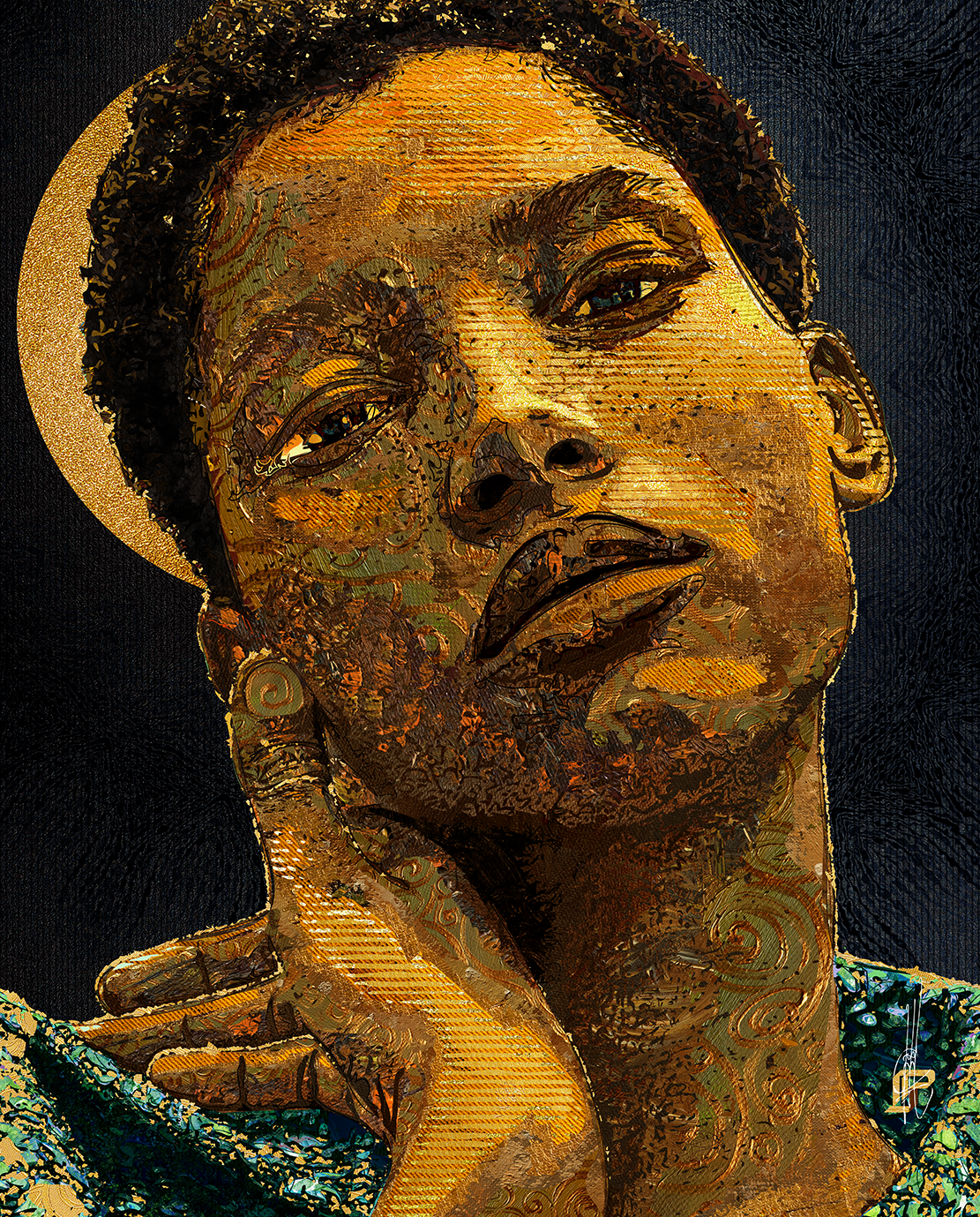
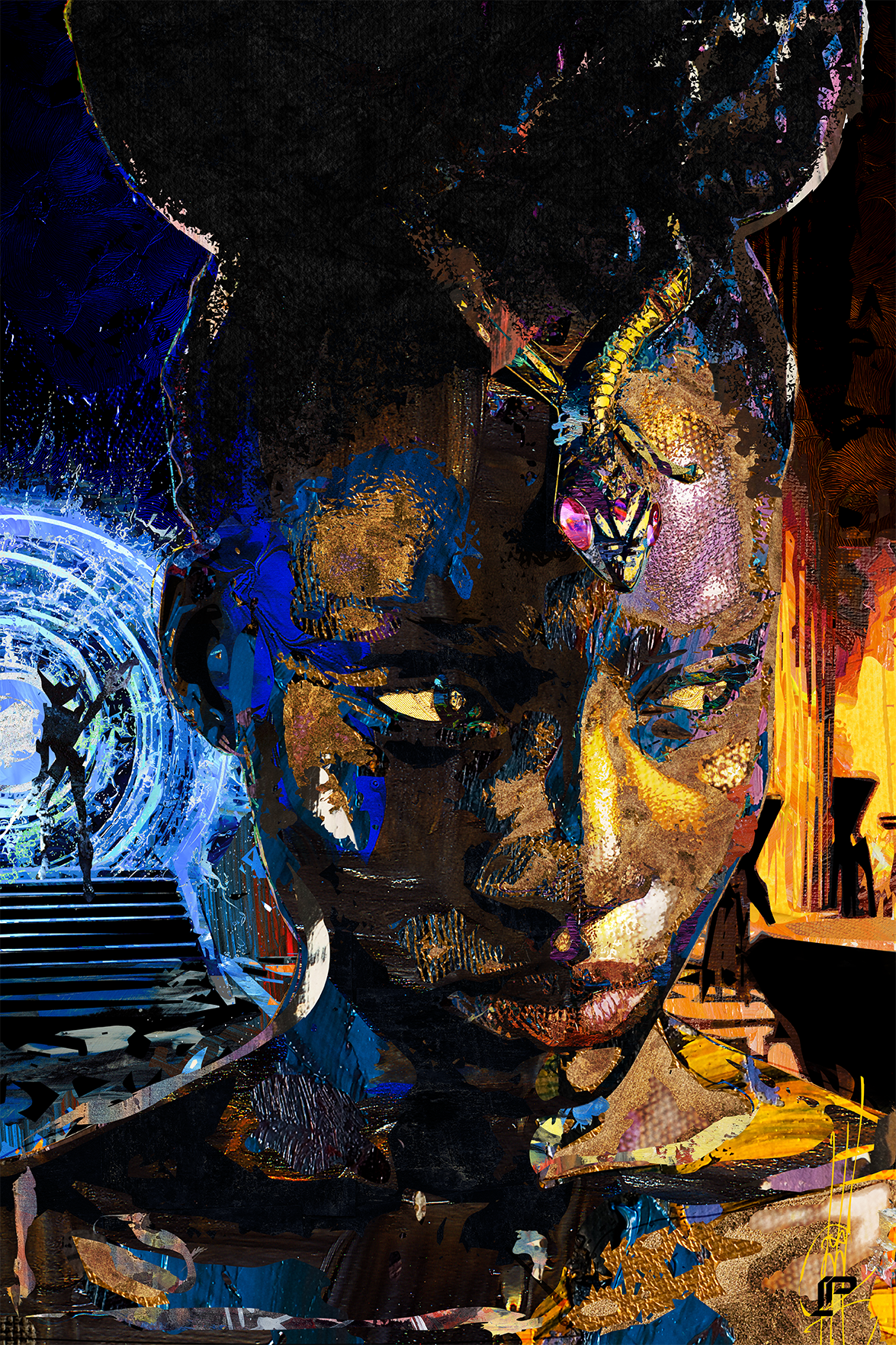
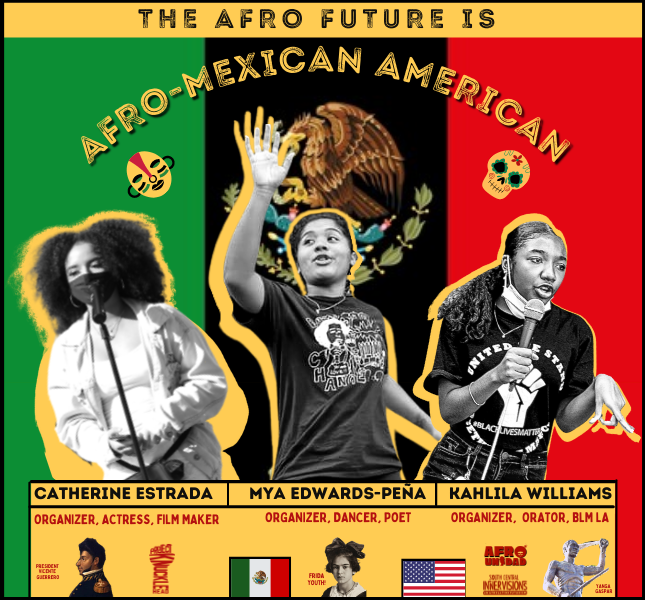

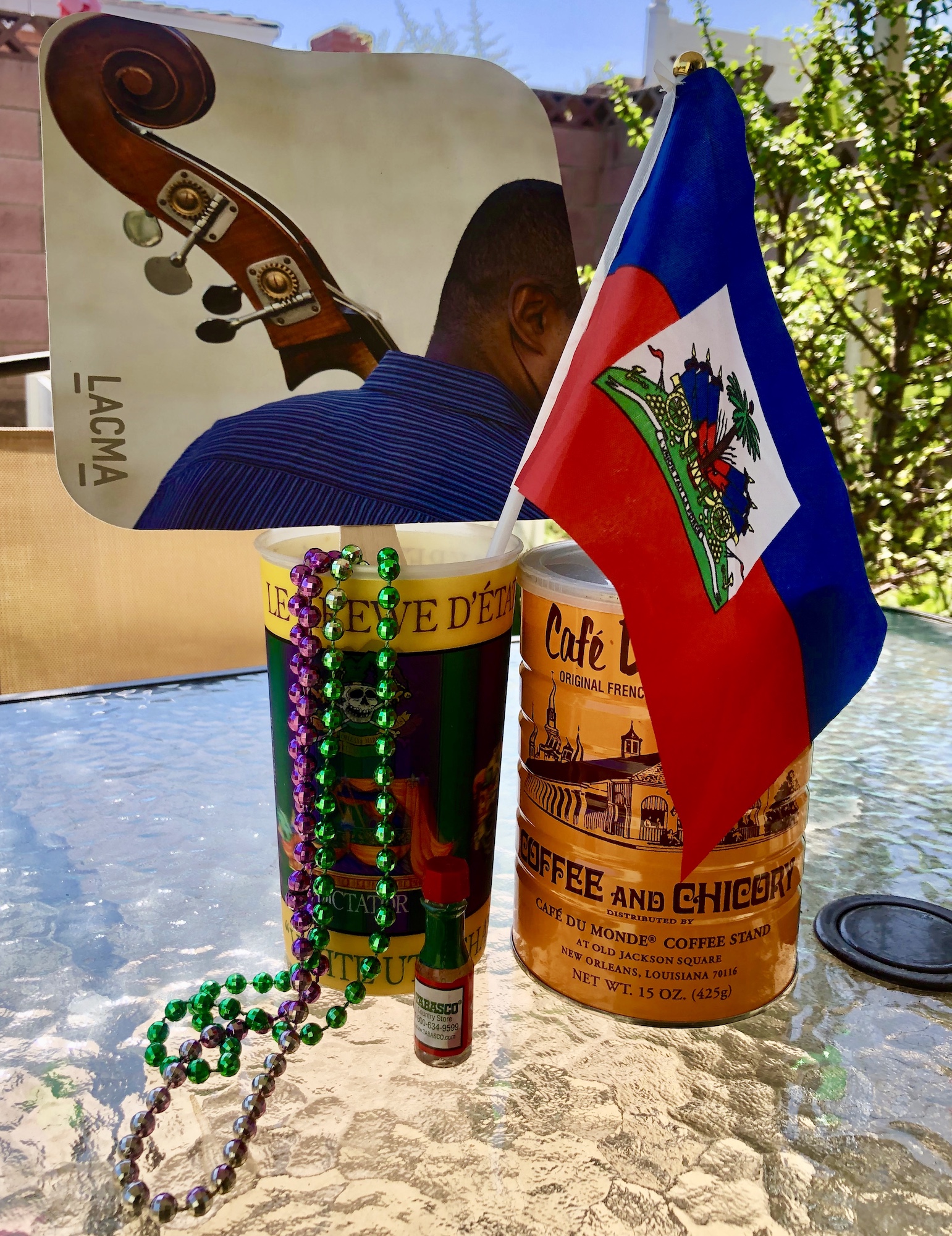
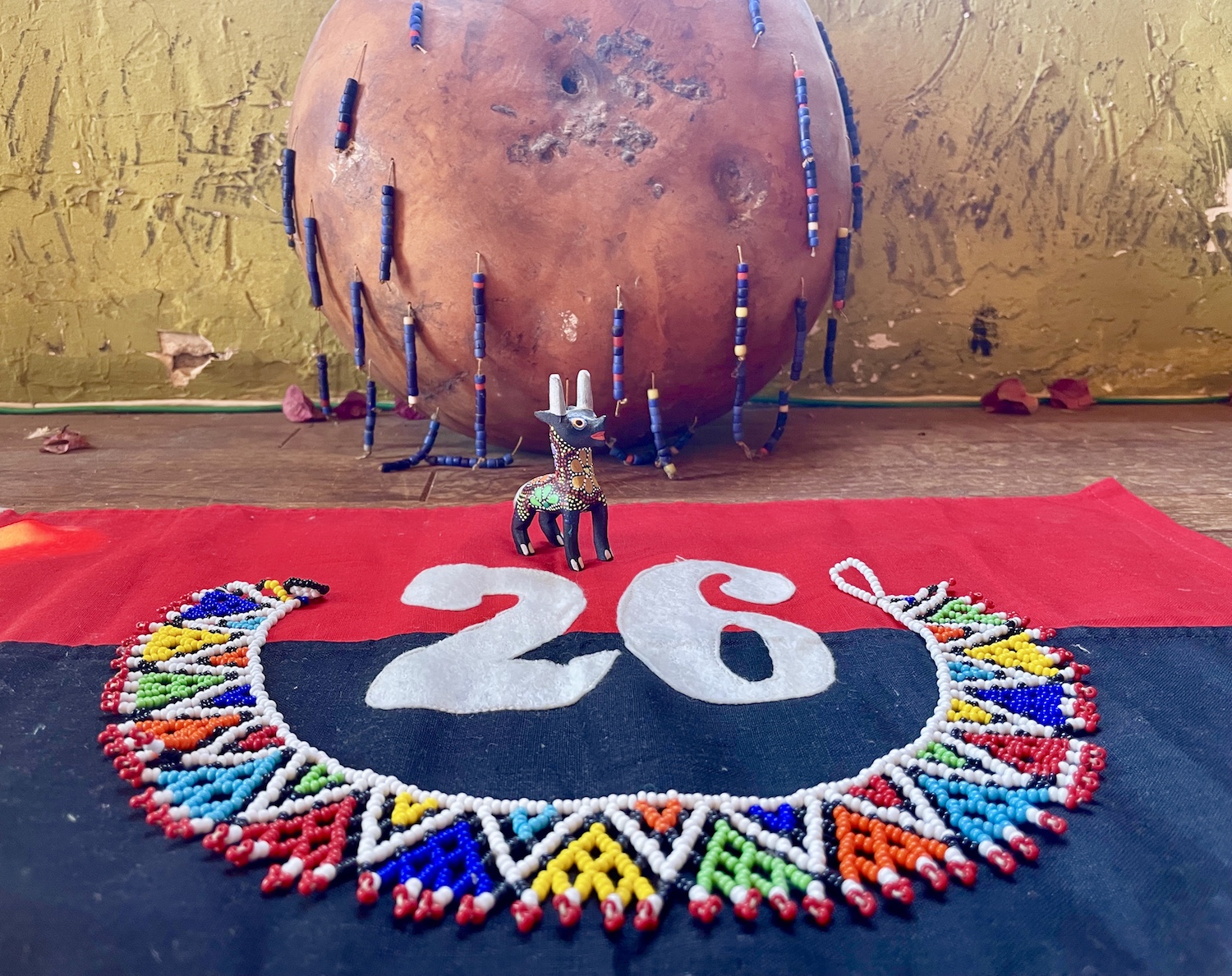


Send A Letter To the Editors